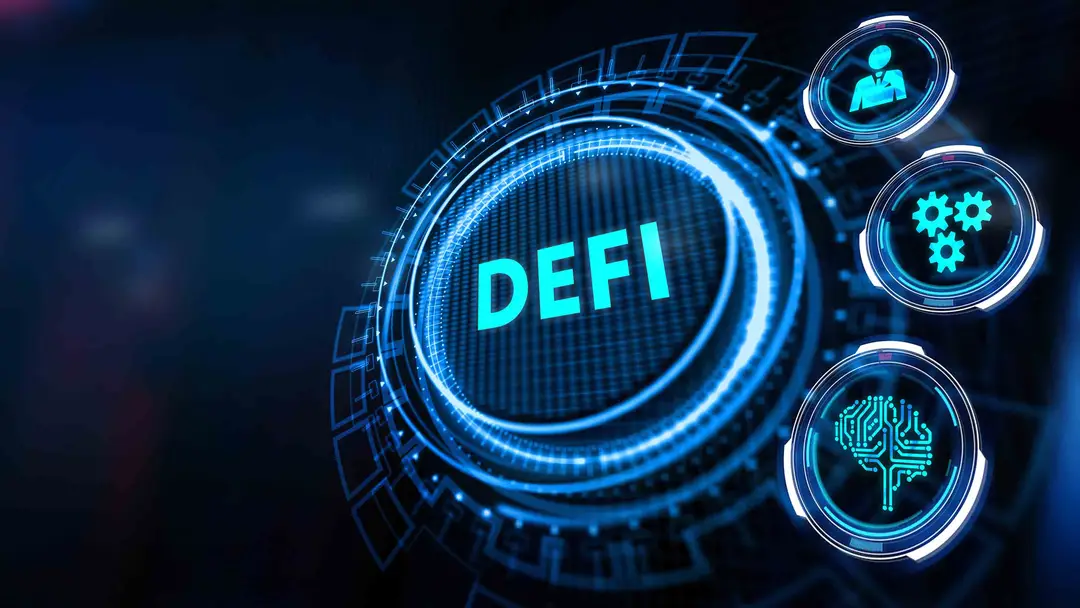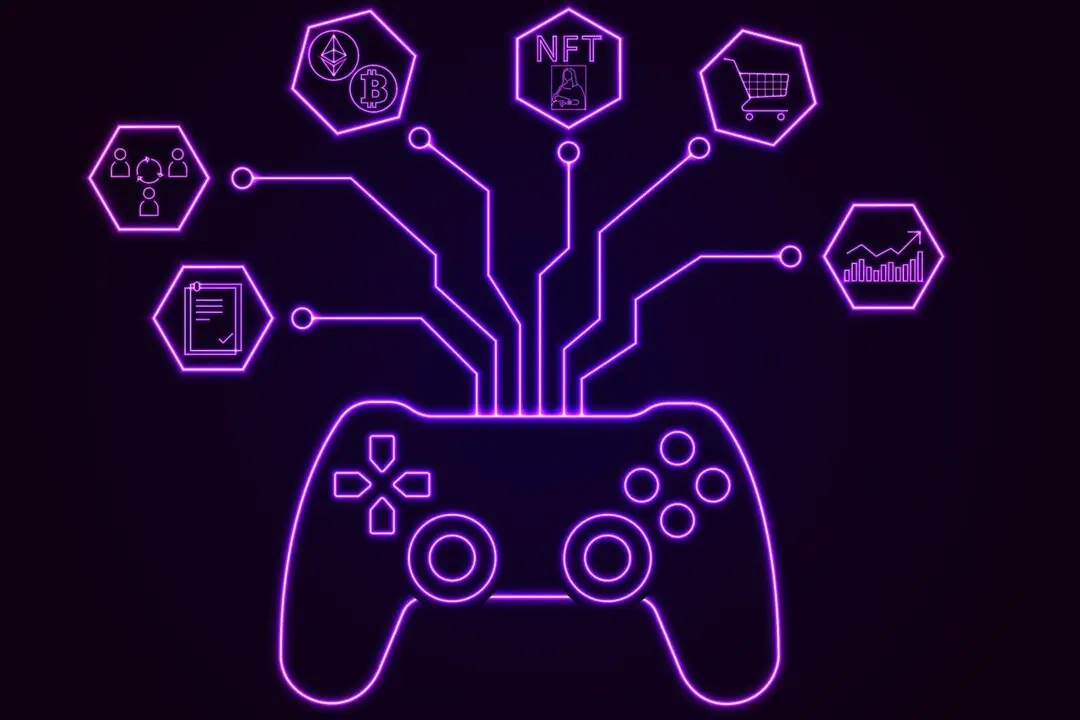Welcome to the Web3 world, where digital finance and applications are shown in a revolutionary way through the fusion of blockchain technology, cryptocurrencies, and a pioneering spirit. Are you overwhelmed by the wealth of terms in the Web3 world that you don’t understand? Are those slangs barriers for you to learn about Web3? Don’t worry! We’re here to explain the obscure terms to guide your learning. Today, we're diving into an exciting development in the world of Web3: [zkEVM].
To learn about zkEVM, it is important to first get familiarized with zero-knowledge proofs (ZKP), the formation of the basis of zk tech. Now let's delve into what a zkEVM entails. A zkEVM is a type of zk-rollup designed to replicate the Ethereum transaction execution environment, running smart contracts and verifying their correct execution through Zero-Knowledge Proofs (ZKPs). By emulating key features of Ethereum, zkEVMs offer an "Ethereum-like" experience, making it familiar for both developers and users. When integrated with rollup technology, a zkEVM ensures exceptional security and scalability for decentralized applications (dApps) and their users.
Traders and investors gain significantly from improved capital efficiency and better access to liquidity with reduced withdrawal times in a zkEVM rollup environment. Notably, the cost savings within the DeFi sector on a zkEVM are remarkable, as there is no requirement to pay liquidity providers for faster withdrawals.
Moreover, the scalability enhancements of a zkEVM lead to exceptionally quick and cost-efficient decentralized computing operations, making it highly suitable for peer-to-peer payments and institutional settlements. The robustness of Ethereum's network, supported by over 500,000 validators and still expanding, provides strong guarantees of transaction finality. On-chain gaming platforms that process a high volume of transactions benefit substantially from the scalability that zkEVMs offer. Gamers experience lower transaction fee due to the data compression features inherent in zkEVMs, in addition to the scalability benefits. The unique advantages of extremely low gas costs and high transaction speeds on a zkEVM chain create a perfect environment for extensive NFT minting and trading. Additionally, the transfer of NFTs to Ethereum L1 is streamlined, with immediate finalization of withdrawals once the proof is verified by the on-chain contract. zkEVMs also show their utility in social media applications. For instance, Lineaster, a decentralized social media platform built on the Lens Protocol and deployed on Linea, capitalizes on the high throughput and low gas fees afforded by Linea. This enhances performance and user experience significantly in the social media landscape.
zkEVM Projects in the Ecosystem
Developed by Matter Labs, zkSync Era is an EVM-compatible zkVM designed for general-purpose applications. It is an advanced version of zkSync Lite and supports low-cost ERC-20 token and ETH transfers, swaps, and NFT minting/trading.
zkSync Era uses a compiler-based strategy for EVM compatibility, converting high-level programming languages such as Solidity or Vyper into a format suitable for the zkSync zkEVM. While this introduces some compatibility issues with Ethereum, it also enhances proof generation speed and reduces costs for users. zkSync Era was made available to all users on the Ethereum mainnet starting March 24, 2023.
StarkWare has introduced two innovative zk products: StarkEx, a permissioned scaling service used by platforms such as dYdX, Sorare, ImmutableX, and rhino.fi, and StarkNet, a general-purpose rollup that supports applications written in the Cairo programming language.
StarkWare has played a key role in popularizing "validiums," which are rollup-like structures with off-chain data storage that still maintain high security through validity proofs. StarkNet was launched on the Ethereum mainnet on April 25, 2023.
Polygon zkEVM is promoted as an “EVM-equivalent zkEVM,” capable of interpreting and processing the same instructions as the Ethereum Virtual Machine.
In the Polygon zkEVM, STARKs are employed for generating computational integrity proofs, while SNARKs (created using PLONK) are used for L1 verification to optimize both proof generation speed and verification costs.
Polygon zkEVM was introduced on the Ethereum mainnet on March 27, 2023.
Linea, developed by Consensys, is a developer-friendly Type-2 zkEVM that offers full compatibility with the existing Ethereum ecosystem. This compatibility allows developers to operate as if on the Ethereum mainnet, using ETH for gas payments, but at lower costs.
As a Type 2 zkEVM, Linea is meticulously designed to maintain full compatibility with all Ethereum applications and infrastructure, ensuring smooth integration with EVM wallets (like MetaMask), development tools (such as Truffle, Remix, Brownie, Foundry, Hardhat), and essential services like node providers (Infura) and execution clients (Besu).
Linea combines the advantages of an Ethereum scaling solution—low fees, rapid confirmations, and high transaction throughput—while avoiding the typical challenges such as delayed finality, high operational costs, and compromised security.
Linea's integration into the Ethereum mainnet was officially announced on July 11, 2023, beginning with the onboarding of launch partners, and opened to all users on July 18, 2023.
Why is Multi-prover zkEVM the Future?
In the scenario of a multi-prover zkEVM, each transaction submitted to a Layer 2 (L2) network is validated by several independent provers. This means that a single batch of transactions could be supported by multiple validity proofs, each attesting to the integrity of the transaction data within that batch. To enable this, it is necessary to have multiple Type-2 EVM equivalent zkEVMs that are both high-performing and capable of working in conjunction.
The advantages of a multi-prover zkEVM are significant. One of the primary benefits is the reduction in risk of failure, as it eliminates a single point of attack. Additionally, it fosters innovation in prover technologies and approaches.
Vitalik Buterin has described most current rollup solutions as being on “training wheels,” implying that these projects still depend on multi-signature arrangements to guarantee outcomes in case there are bugs in the code, indicating they do not yet fully leverage zk-proof technology. Linea aims to advance beyond these preliminary measures, and the implementation of a multi-prover system is crucial for achieving this objective.
By seamlessly integrating the familiar operational environment of Ethereum with the innovative zero-knowledge proofs, zkEVMs offer a promising solution to the scalability and security challenges faced by the Ethereum network. Whether it’s through enhancing DeFi transactions with improved capital efficiency, supporting the expansive growth of the NFT market, or enabling high-volume, low-cost operations for on-chain gaming and decentralized social media platforms, zkEVMs are making a significant impact.
The ongoing development and deployment of various zkEVM projects, such as zkSync Era, StarkWare, Polygon zkEVM, and Linea, underscore the dynamic nature of this field. Each project brings its unique contributions to the ecosystem, driving forward the potential for greater adoption and integration of blockchain technologies across different sectors.


